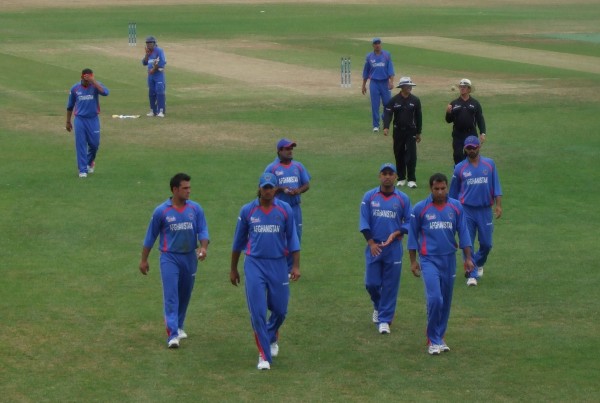Cricket World Cup – A case for the Associate Nations

With the Cricket World Cup well on its way and the group stages almost coming to a close, it is quite apparent that everything that one had expected is in order – the top 4 teams from each group that go through to the quarters are the same that every pundit had guessed (not necessarily in a particular order). We’re in for some exciting clashes in the tournament.
All that being said, there still remains another issue that begs to be addressed – effective from the next edition of the World Cup, the ICC is pondering over a new format, with only the ten Test playing nations slated to participate; if this comes into effect, we must all but say goodbye to the Associate teams of Scotland, Ireland, UAE and Afghanistan.
Approvers would say that it is the correct decision to make, and although everyone has the Associates’ best interests in mind, it may be naive to throw them in to the deep end, given that these teams don’t have much prior experience of playing the big teams of the game. And as such, it would be pointless to have so many one-sided games on the biggest platform the sport has to offer; it would strip them of any actual exposure of playing at the top flight, when the gap between the potentials is so apparent and staring you in the face.
However, on the other hand, also how I feel on a personal level, taking the Associate Teams out of the equation on a whole wouldn’t do much good. It would just bring us back to square one, with the bridge between the Test playing nations and those of the Associate being broken. As a result, these teams will have little to no room left for improvement.
What can be done, though, is to find some middle ground. It would be a step in the right direction if the ICC supports these teams from the grassroots level by providing them similar infrastructure as the other teams. Increasing the number of series played between these nations and teams like Australia, South Africa, and India will give them the required exposure of playing in the big leagues, thus prepping them much better for when a tournament like the World Cup comes knocking on their doorstep.
Because, let’s face it, from what we’ve seen so far in this tournament, the Associate Teams are more than willing to compete; a little guidance wouldn’t hurt. Ireland remarkably chased down a target of 300+ plus runs against the West Indies, while Afghanistan recorded their first ever World Cup victory. As far as individual performances are concerned, one need not look beyond Scotland’s opening batsman Kyle Coetzer, who played a blistering knock in their game against Bangladesh, smashing 156 runs (albeit for a lost cause – Bangladesh managed to better the Scottish target). And to top it all off, the current top scorer is from an Associate team – Shaiman Anwar of UAE.
All these rebuttals are screaming for the ICC to rework their strategy and find a concrete solution. But for now, all we can do is sit back and enjoy some fantastic cricket at display at this year’s World Cup.
What are your thoughts about this? Do you think the ICC is right in sticking to a 10-team format starting from the 2019 World Cup, or do you think the Associates are here to say and have a place on the big stage? You can leave your thoughts in the comments section below.








Recent Comments